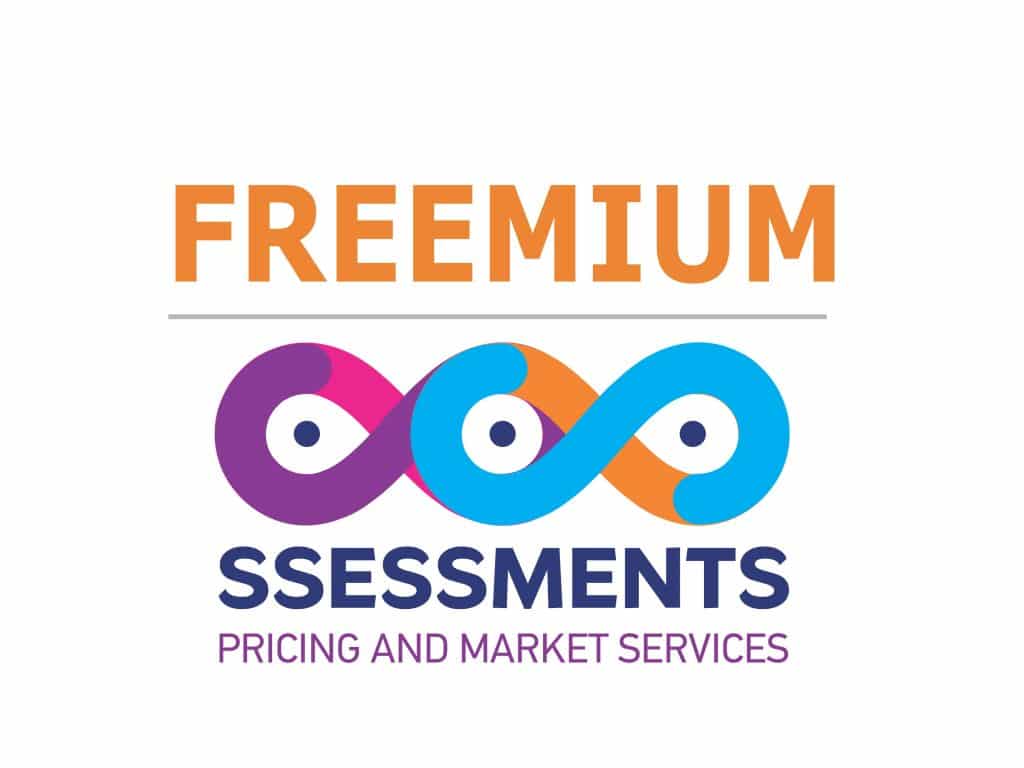According to KSL article published on February 21, 2023, an international report released this month found efforts to recycle single-use plastic waste are failing miserably and not keeping pace with production, creating more oceanic waste and material buried in landfills.
The second Plastic Waste Makers Index, compiled by the philanthropic Minderoo Foundation, found the world generated 139 million metric tons of single-use plastic waste in 2021, which was 6 million metric tons more than in 2019, the first year the index came out.
Nearly 2.2 pounds for every person on the planet in additional plastic waste was created in that two-year period stemming from the popularity of flexible packaging, according to a media report by CNN Business.
While there are various efforts by countries to combat plastic pollution, the report found that recycling isn't scaling up fast enough to deal with the amount of plastic being produced, meaning that used products are far more likely to be dumped in landfills, on beaches and in rivers and oceans than to make it into recycling plants, CNN said.
The report blames lack of recycled feedstocks by petrochemical companies, which it said remains "at best a marginal activity," according to Reuters.
Regulations overwhelmed
Bans and taxes on single-use plastics exist in more than 120 countries but are not doing enough to reduce overall pollution, critics say. Most regulations are limited to items like plastic bags, which make up a tiny share of plastic waste, and are more effective at reducing littering than curbing plastics consumption. Landfill and incineration taxes that incentivize recycling only exist in a minority of countries, according to a global report.
The report called for greater use of tools like landfill taxes, deposit refunds and pay-as-you-throw systems, since recent numbers show only 9% of plastic is recycled and 22% is mismanaged.
Losing the recycling war
Nearly three years ago, the Columbia Climate School declared recycling in the United States is "broken," with one problem caused by a 2018 move by China to restrict the importation of most plastics and other materials that were not up to new, more stringent purity standards.
In 2016, the U.S. exported 16 million tons of plastic, paper and metals to China and was forced to divert its refuse elsewhere after 2018.
That drove up prices for U.S. recyclers that were then passed on to cities, with many shelving their curbside programs.
Utah's foot soldier role in the war
The state Department of Environmental Quality recently announced a new recycling initiative, citing the U.S. goal of increasing the recycling rate by 50% by 2030.
Citing national statistics, the state agency said if U.S. recycling levels can reach 75%, it will be equivalent to the environmental benefit of removing 50 million cars from the road each year and will generate 1.5 million new jobs.
"Improving and increasing recycling is good for our economy as well as for our environment and our natural resources," the state's recycling website said. "Although recycling is important, the most effective way to reduce waste is to not create it in the first place or to plan to reuse a material or product in a new way."
The state says the majority of recycling in Utah takes place in the five most populous counties. Utah's latest solid waste statistics show that 97% of all materials recycled in the state come from three of the five counties, Salt Lake, Utah and Weber.
Utah, like other players in the recycling world, faces multiple challenges that include:
- Many Utah manufacturers feel recycled feedstock could not meet their current specifications. Part of this can be attributed to a lack of faith that recyclables can be processed to the point that contamination would not be a problem.
- Some manufacturers are utilizing secondary material from outside of Utah. These manufacturers indicated they would go to in-state suppliers if the price was competitive. The state said it is necessary to educate those processors and collectors of recyclables about the potential in-state market for certain materials that they can or do handle.
- Glass markets in Utah are not well established, primarily due to the long distances to recycling end-use markets in Colorado and California.
A community outreach survey conducted in 2022 by the Utah Recycling Alliance and released Monday shows there is hunger among residents to recycle more, but problems curtail that effort.
Some hurdles identified include lack of knowledge about what can be recycled and not knowing how effective community recycling programs are.
Other survey participants shared what they believed to be possible cost incentives for recycling, such as instituting a "core charge" on a mattress purchase of $10 that is redeemed when it is taken to a landfill. Those core charges are part of the purchase of a vehicle battery, for example.
A majority of residents also said they would be willing to pay more for expanded curbside recycling and additional green waste recycling.

